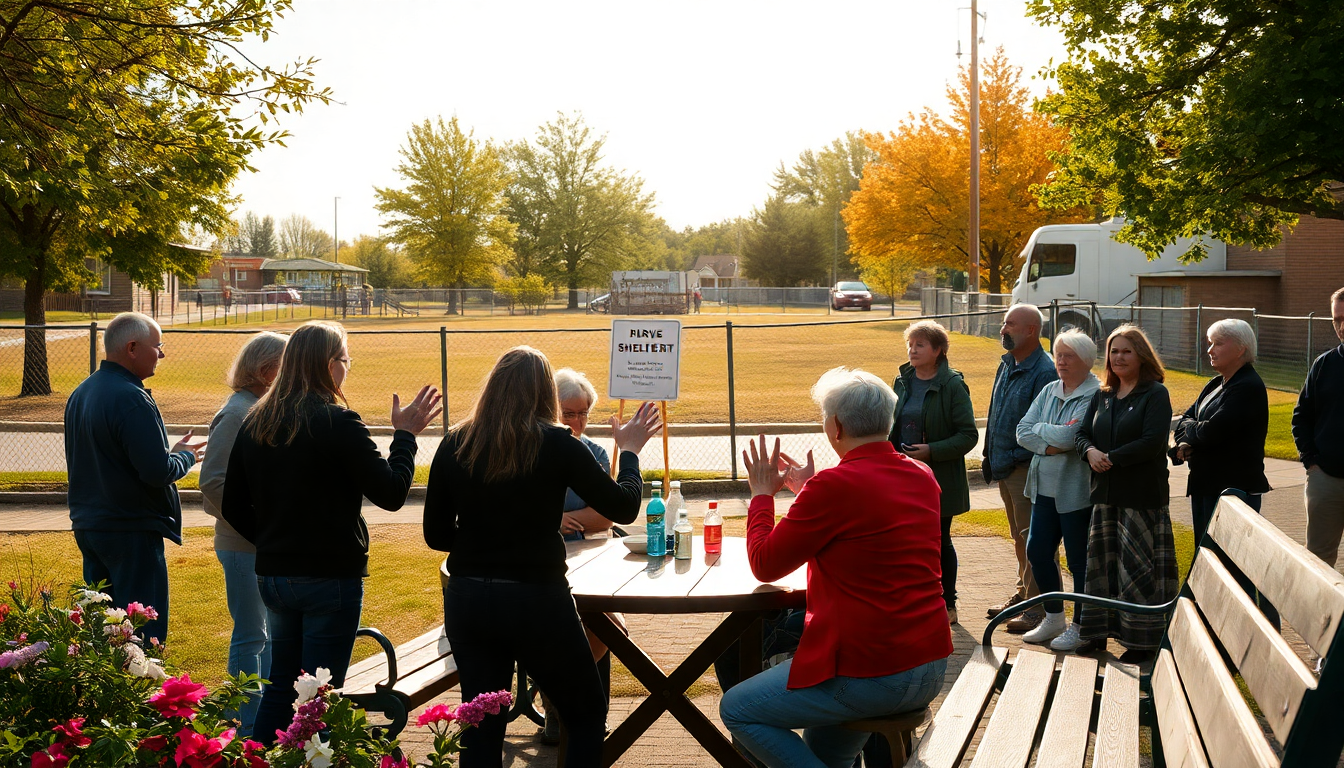Table of Contents
After a lot of discussions and back-and-forth, the City of Saskatoon has picked a new spot for its emergency shelter. But let’s be real—this decision hasn’t come without some mixed feelings from the folks living nearby. To address these concerns, the local community association is stepping in to share ideas that could help make the shelter’s opening a success.
Understanding the Decision-Making Process
The choice of where to place the emergency shelter has sparked quite the debate among residents and city officials. The local government is trying to juggle the urgent need for emergency services with the worries of those living in close proximity. This isn’t just a random selection; it involved careful consideration of various potential sites, weighing not just the logistics but also the social dynamics of the community.
Community associations play a vital role in making sure residents’ voices are heard. Their input is essential in determining how emergency services fit into the neighborhood. By putting forward their thoughts, the association hopes to provide constructive feedback that can lead to a more peaceful coexistence between the shelter and the community.
One major concern among residents is how the shelter might impact local safety and property values. Many worry that having an emergency shelter nearby could attract negative behavior. Addressing these fears will be crucial for winning over community support. The city’s strategy for tackling these concerns will be key to ensuring a smooth transition as the shelter starts operations.
Community Responses and Potential Challenges
The reactions from the community are a mixed bag. Some residents are all in for the shelter’s mission, while others are feeling uneasy. Supporters often emphasize the importance of helping vulnerable populations, advocating for compassion and empathy in tackling homelessness. On the flip side, skeptics are concerned about how the shelter might affect their daily lives.
To build a solid foundation for the shelter, community leaders are suggesting measures that promote transparency and open communication between shelter staff and residents. Regular community meetings could serve as a great platform for ongoing discussions, allowing residents to voice their concerns while giving the shelter a chance to address them directly.
Additionally, having clear protocols for managing any issues that might pop up could really boost comfort levels in the community. This proactive approach can help ease fears and foster a sense of partnership between the shelter and its neighbors.
Looking Ahead: Opportunities for Collaboration
As the city gears up for the shelter’s opening, there’s a real chance to foster collaboration between the shelter and the community. Engaging local organizations in support services—think job training and healthcare access—could benefit not just the shelter residents but also strengthen community ties.
Plus, creating initiatives that involve community members in the shelter’s programming can help demystify how things work and promote understanding. These initiatives could empower residents to take an active role in shaping how the shelter operates in their neighborhood.
In the end, the success of the emergency shelter in Saskatoon will depend on its ability to blend seamlessly into the community fabric. By tackling concerns head-on and encouraging collaboration, both the city and residents can join forces to create a supportive environment for those in need, all while keeping the neighborhood safe and intact.


